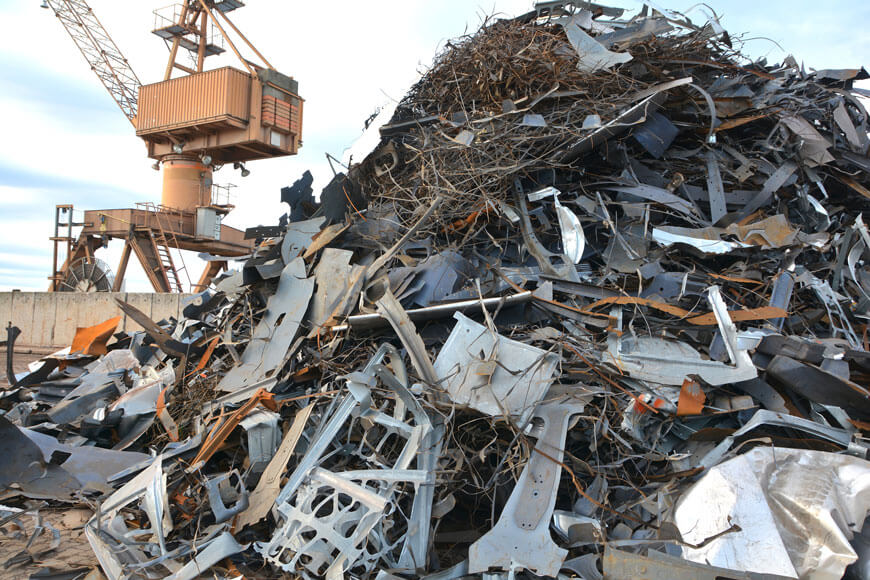Scrap processing is a crucial component of the recycling industry, playing a pivotal role in transforming discarded materials into valuable resources. As the world grapples with environmental challenges and strives for sustainability, the efficient and responsible management of scrap materials has become increasingly important. This article explores the significance of scrap processing, the technologies involved, and the environmental and economic benefits it offers.
The Basics of Scrap Processing
Scrap processing involves the collection, sorting, and processing of various materials that have reached the end of their life cycle. These materials can include metals, plastics, paper, glass, and electronic waste. The goal is to recover valuable components and reduce the environmental impact associated with conventional waste disposal methods.
Collection and Sorting
The first step in scrap processing is the collection of materials from various sources, such as households, industries, and demolition sites. Once collected, these materials undergo a sorting process to separate different types of materials. Advanced technologies, such as conveyor belts, magnets, and sensors, are employed to automate and streamline this process.
Metal Scrap Processing
Metals are one of the most commonly recycled materials, and metal scrap processing is a well-established industry. The process typically involves shredding the metal into smaller pieces, which are then melted down and purified. This molten metal can be used to manufacture new products, reducing the need for extracting and processing raw materials.
Plastic Scrap Processing
Plastic recycling has gained significant attention due to the environmental impact of plastic waste. In plastic scrap processing, collected materials are sorted by type and color before being cleaned and shredded. The shredded plastic is then melted and formed into pellets, which can be used to produce a wide range of plastic products.
Paper and Glass Scrap Processing
Similarly, paper and glass undergo processes tailored to their unique properties. Paper is sorted, cleaned, and pulped before being transformed into new paper products. Glass is sorted by color, crushed, and melted to create new glass containers or other glass-based products.
Electronic Waste (E-waste) Processing
With the rapid advancement of technology, electronic waste has become a significant concern. E-waste processing involves the dismantling and recycling of electronic devices to recover valuable metals and reduce the environmental impact of hazardous materials. This process requires specialized equipment to handle complex electronic components safely.
Environmental and Economic Benefits
Scrap processing offers several environmental and economic benefits. Firstly, it conserves natural resources by reducing the demand for raw materials. Recycling also helps decrease energy consumption, as it often requires less energy to process recycled materials than to produce new ones.
Additionally, scrap processing contributes to the reduction of greenhouse gas emissions associated with the extraction and production of raw materials. By diverting materials from landfills, it helps mitigate the environmental impact of waste disposal.
Economically, the scrap processing industry creates jobs and stimulates economic growth. The recycled materials can be used in manufacturing, reducing production costs for industries. Moreover, the recycling industry fosters innovation as researchers and engineers work to improve processing technologies and find new ways to repurpose materials.
Scrap processing is a vital component of the global effort to achieve a more sustainable and circular economy. By efficiently managing and recycling materials, the industry helps conserve resources, reduce environmental impact, and create economic opportunities. As technology continues to advance, the future of scrap processing looks promising, offering innovative solutions to address the challenges of waste management in an environmentally conscious world.

